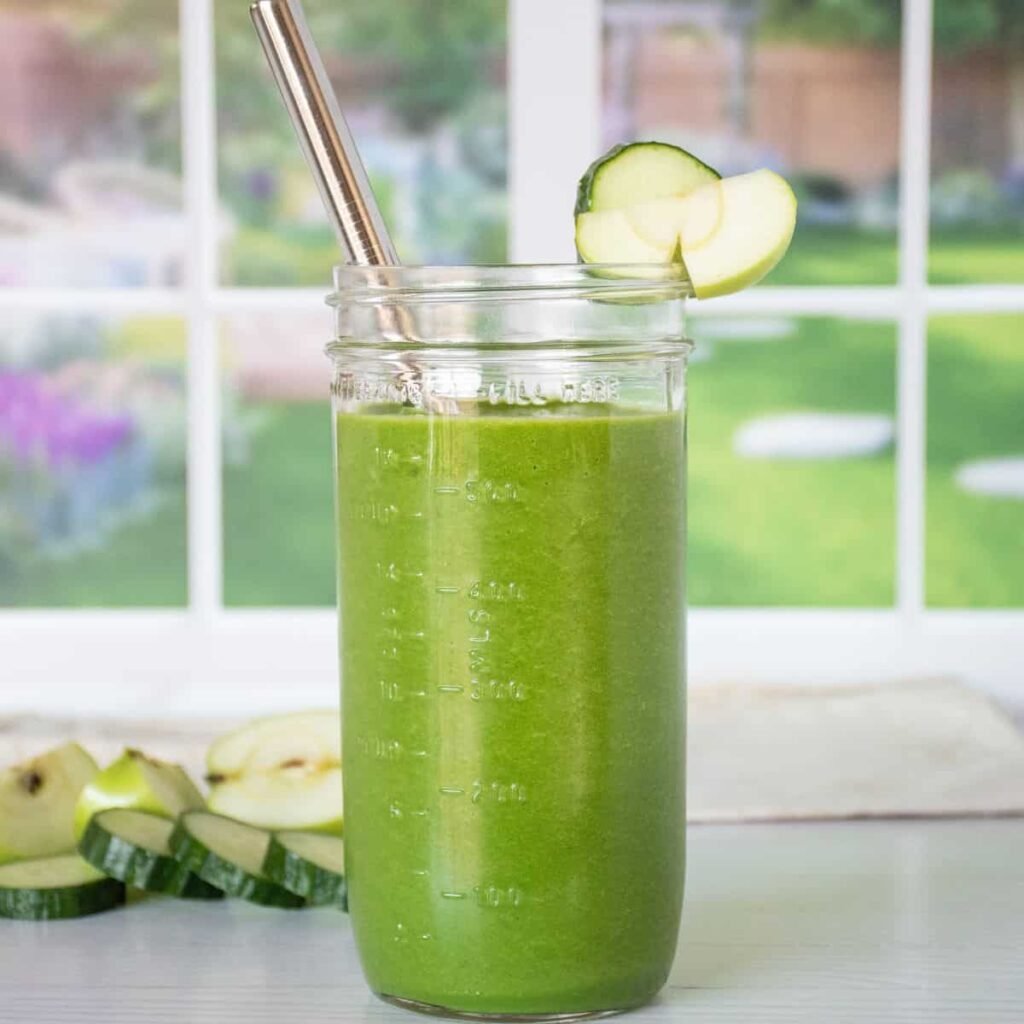Nutrition
Fact sheet about sweet potato, groundnut and cowpea in Ghana

It is interesting to note that:
- CRI-Vern Gracen, CRI-AGRA SP09, CRI-AGRA SP13 and CRI-Kofi Annan, all improved high-yielding, non-sweet sweet potatoes varieties, were released in 2017. They have staple taste, higher storage root yield, that is 19 to 39t/ha, sugar content is 14.47- 18.12 per cent, early-maturing (four to five months), and higher tolerance to the sweet potato virus (SPVD), sweet potato weevils (Cylas sp.) and alcidodes. They are suitable for all five eco zones in Ghana. The varieties can be used for fufu, French fries chunk[1]fried, ampesi (boiled/steamed), crispy chips, for bread and pastries, yoghurt, baby foods and juice gluten-free noodles. They are also potential enzyme source for breweries and other industries.
- WAAPP Piesa 1, Manga-moya, Maa-Lana, Naachem-Tiir and Nutsugah Piesa, all Frafra potato varieties, were released in 2017. Their ovoid tubers are up to eight centimetres in length. Besides, their raw tubers are exceptionally nutritious, resistant to diseases and pests. They mature from107 to 113 days. The varieties are applicable to Guinea Savanna, Sudan Savanna, Coastal Savanna and forest zones. They can be used for thick porridge, tuo-zaafi, amongst others.
- Sweet potato: CSIR-SA[1]RI Nan variety was released in 2018. This variety is resistant to diseases and pests, climate-smart, orange fleshed, high dry matter: 26-29.5 per cent, drought-tolerant and yields 24t/ha. It is suitable for Guinea and Sudan Savanna agro-ecological zones of Ghana. It can be used for thick porridge, tuo-zaafi, etc.
- Sweet potato: CSIR-SARI Diedi variety was released in 2018. It is purple fleshed, tolerant to SPVD, yields 14t/ha and drought-tolerant. Applicable to Guinea and Sudan Savanna agro-ecological zones of Ghana. It can be used for ampesi.
- Sweet potato: CSIR-SARI Nyumengre variety was released in 2018. It is white fleshed, resistant to diseases and pests, drought-tolerant and yields 16t/Ha. The variety is suitable for Guinea and Sudan Savanna agro-ecological zones of Ghana. It can be used for ampesi.
- Sweet potato: Micro-propagation protocol for the mass generation of planting material of sweet potato (Ipomoea batatas) variety. The protocol supports the production of planting material to address the inadequate supply of sweet potato vines and storage roots. The procedure eliminates disease-causing organisms, giving the resulting plant[1]lets more vigorous growth and increased yield. Use of the protocol/method generates pathogen-free material which prevents the transfer of diseases and pests from one point to the other and allows easy international exchange of sweet potato germplasm. The protocol can be a foundation for downstream research applications including genetic transformation activities. The variety is applicable to Guinea Sudan Savanna agro-ecological zones of Ghana. Advantages: Mass production of true-to-type disease-free planting material for existing and newly released varieties. Additionally, it enhances rapid international germplasm exchange (limited quarantine requirements)
- Munikpa groundnut variety was released in 2005. It matures in 90 days, yields 2.0 t/ha, kernels are of very large size, very high oil content (51.8 per cent) and moderately resistant to early and late leaf spot. Munikpa is suitable for Guinea Savanna ecology. Besides, it is suitable for oil production and confectionary products
- Kpanielli groundnut variety was released in 2005. It matures in 120 days, yields 2.4 t/ha, kernels are of very large size, very high oil content (51.8 per cent), suitable for commercial production and resistant to early and late leaf spot. Kpanielli is applicable to Guinea Savanna ecology. It can be used for confectionary trade, has better resistance to Cercospora disease, has good resistance to foliar diseases and it is dry season feed for livestock.
- Jusie Balin groundnut variety was released in 2005. It matures in 100 days, yield of 2.0 t/ha, oil content is 47 per cent. Jusie Balin is applicable to Guinea Savanna ecology. Has better resistance to Cercospora leaf spot disease. It is good field dormancy.
- Edorkpo-mu nikpa groundnut variety was released in 2005. It matures in 90 days, yield of 2.0 t/ha, yields between eight to 12 bags in half an acre. It is suitable for all agro ecological zones of Ghana. Edorkpo-mu[1]nikpa is resistant to Cercospora leaf spot diseases, it is good field dormancy and can delay harvesting up to 10 days without germinating.
- SARINUT 1 SARINUT 2 groundnut variety was released in 2019. It matures in 90 days, adaptable to climate change, high in protein and oil and yield between 8-12 bags/ half acre. It is applicable to Northern agro ecological zones of Ghana. Has a higher oil content of 51 per cent, resistant to Cercospora leaf spot diseases and can delay harvesting up to 14 days without germinating.
- Bawutawuta cowpea variety was released in 2008. It is resistant to striga, medium-to-late maturing, has high biomass, yields 3.0 t/ha, has erect plant stature with few runners and small leaves and matures in 69-75 days. Bawutawuta is suitable for Guinea and Sudan Savannah zones. It has resistance to striga and resistant to most insects and diseases.
- Songotra cowpea variety was released in 2008. It has erect plant stature with no vines and small leaves, matures in 62-65 days, majority of the pods are slightly above the canopy, seed shape is fairly round, the seed coat colour is creamy white and has potential yield of 2.0 t/ha. Songotra is applicable toSahel, Sudan and Savanna zones. It is highly resistant to striga. Besides, it is moderately resistant to most insects and diseases.
- Padi-tuya cowpea variety was released in 2008. It has erect plant stature with few vines and large thick leaves, matures in 64-67 days, seed shape is round to kidney shape and yield potential is 2.4 t/ha. Padi-tuya is suitable for Sahel, Sudan, Guinea Savanna zones and humid areas. It has short cooking time. Besides, it is moderately resistant to insects, diseases and striga. The per cent harvest in total yield (determinacy) is moderate (about 72 per cent).
- Zaayura Pali, Diffeele, Soo-Sima, Wang Kae and Kirk[1]house benga-1 cowpea varieties were released in 2016. They are resistant to cowpea aphid and striga. The varieties are adaptable over northern Ghana. They are good source of iron.
Source: Manual of Agricultural Technologies developed by
CSIR, MAG and MoFA
Page: 98-102, 54-56 & 48-49
Nutrition
Palm nut soup

Palm nut soup is a Ghanaian dish that can be served with so many foods. It has a rich base of palm nuts combined with tomatoes and various vegetables that makes it very nutritious.
Preparation
Ingredients
– 1 kilogramme of palm nut
– Half kilogramme of beef
-One kilogramme of goat meat
-Three large salmon
-One full tuna
– A handful of turkey berries
-Two large onions
-4 large tomatoes
-3 large garden eggs
– One tin of mackerel
-Ten large peppers
– One large ginger
-2 cloves of garlic
– Four fingers of okro
– Salt to taste
Instructions
-Wash, cook palm nut, turkey berries, and pepper and add salt to it.
-Grind palm nut, turkey berries and pepper with mortar and pestle or mini food processor.
-Wash goat meat, beef, Tuna, salt and put on fire.
– Blend onion, garlic, ginger and tomatoes and pour on the goat meat.
– Add smoked tuna and salmon and okro to the soup.
-Use a spoon or ladle to skim off the surface oil.
-Garnish the soup with the okro or garden eggs as desired.
-Serve with fufu, banku or Omo tuo.
Nutrition
Cucumber and apple smoothie

Ingredients
-Two medium sized cucumber
-Three apples
-Four tablespoonful of honey
-Crushed ice
-Two cups of yoghurt
-One tablespoonful of blended ginger
– One tablespoonful of celery and mint
Preparation

-Wash and slice cucumber, apple into smaller sizes
-Blend until it is smooth
-Add honey and a little water to it
-Add crushed ice and yoghurt
-Blend it till you achieve your desired texture
– Then serve







